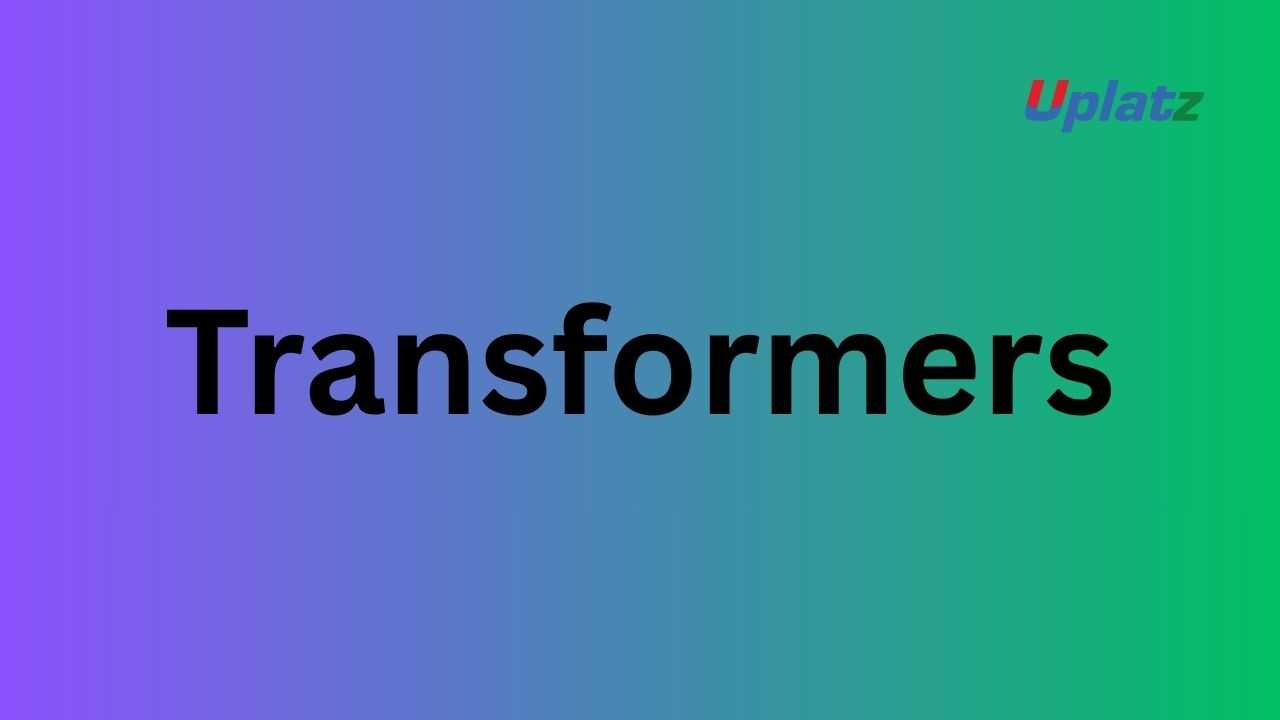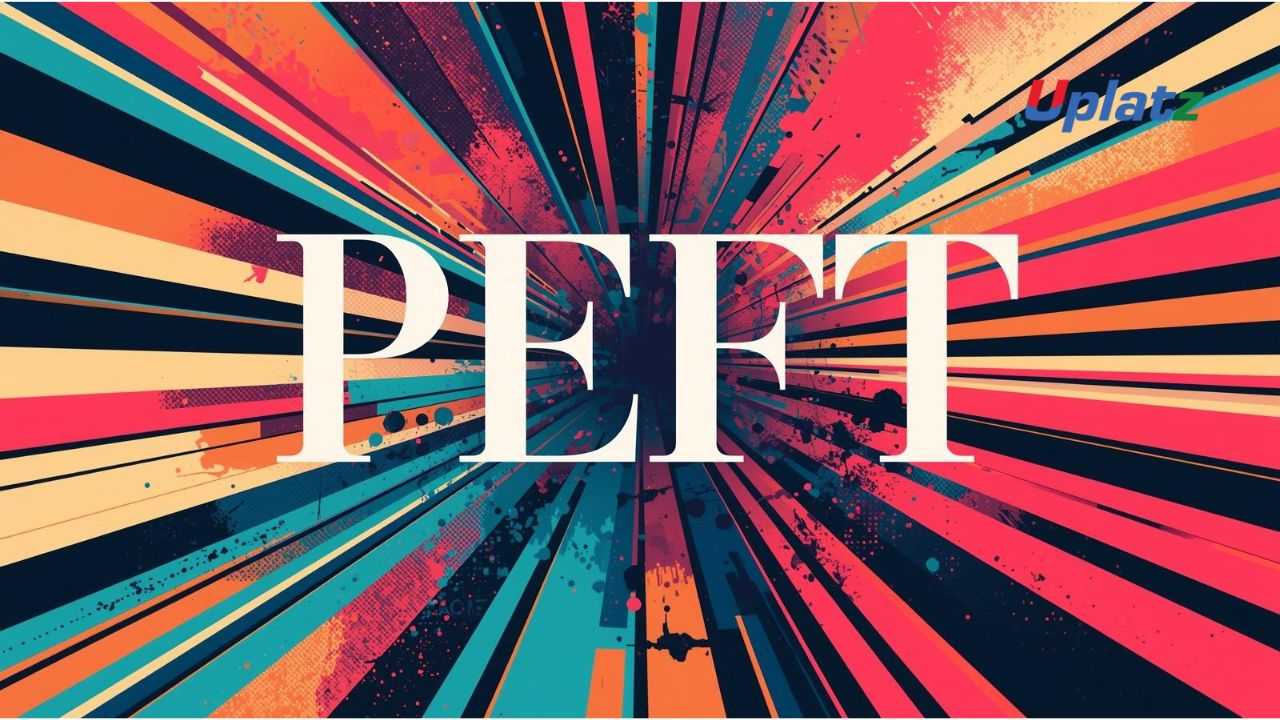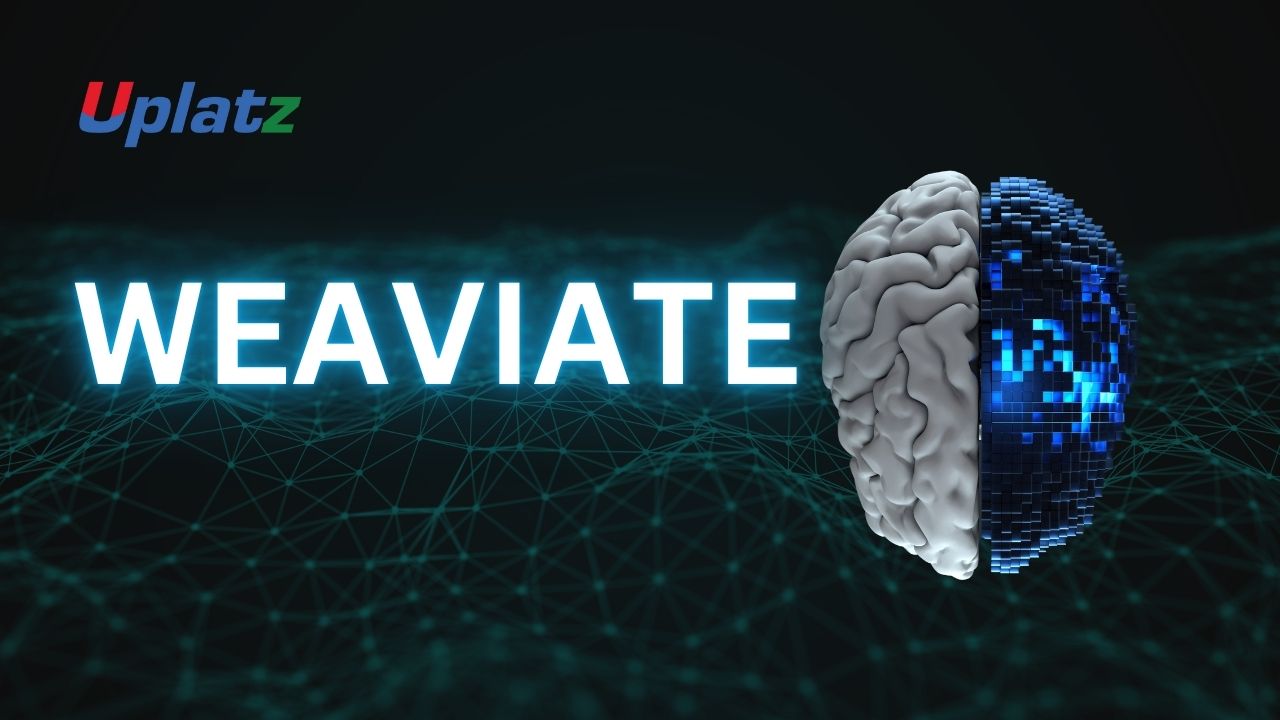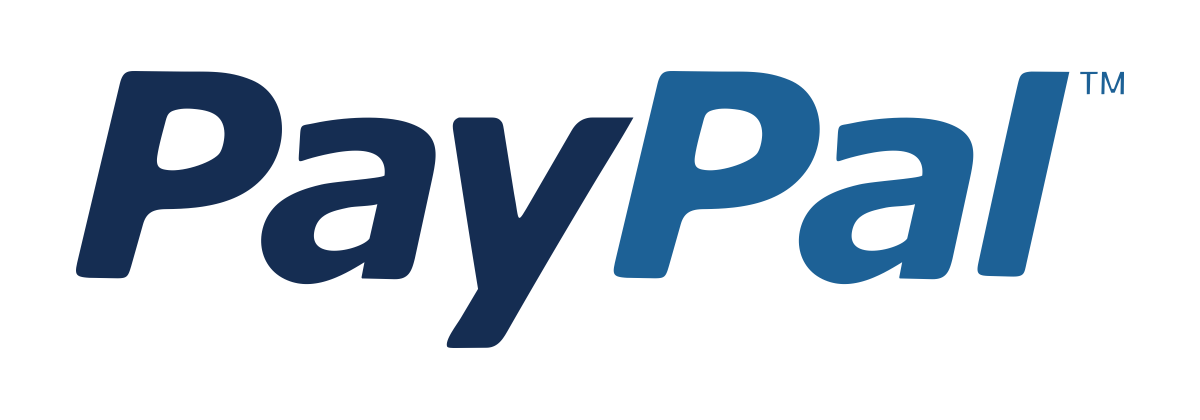Vector Databases – FAISS, Pinecone, Chroma & Weaviate
Master embeddings, semantic search, Approximate Nearest Neighbor (ANN) indexing, and four major vector database platforms to power next-generation AI Price Match Guarantee
Full Lifetime Access
Access on any Device
Technical Support
Secure Checkout
Course Completion Certificate
Price Match Guarantee
Full Lifetime Access
Access on any Device
Technical Support
Secure Checkout
Course Completion Certificate
 97% Started a new career
BUY THIS COURSE (
97% Started a new career
BUY THIS COURSE (GBP 12 GBP 29 )-
 86% Got a pay increase and promotion
86% Got a pay increase and promotion
Students also bought -
-

- Transformers
- 10 Hours
- GBP 12
- 10 Learners
-

- PEFT
- 10 Hours
- GBP 12
- 10 Learners
-

- Weaviate – Build Scalable and Intelligent Vector Search with AI
- 10 Hours
- GBP 12
- 10 Learners

Modern AI applications — from intelligent chatbots to recommendation engines and image retrieval systems — increasingly rely on semantic search, where results are retrieved based on meaning rather than exact keyword matches. Traditional databases are not designed for this type of similarity-based lookup. Instead, the rise of vector embeddings has led to a new class of data systems designed for high-dimensional search at scale.
Vector databases store embeddings (numerical vectors that represent meaning) and enable lightning-fast retrieval using mathematical similarity instead of string matching. These systems power Retrieval-Augmented Generation (RAG), enterprise knowledge search, document intelligence, multimodal analysis, and contextual AI assistants used across every major industry.
This course gives you a complete, end-to-end journey: from math foundations → to embeddings → to real vector DB deployments → to enterprise RAG projects. You will gain mastery across the four most widely-used vector search technologies:
-
FAISS — Facebook AI’s high-performance ANN engine
-
Chroma — developer-first open-source vector DB built for LLMs
-
Pinecone — fully managed, production-grade cloud vector database
-
Weaviate — open vector DB with hybrid search & GraphQL APIs
By the end of this course, you will understand the mathematical fundamentals behind similarity search, the architectures powering vector indexing, and how to build commercial-grade AI search pipelines integrated with LLMs via LangChain.
This course ensures theory → tools → real-world applications, step-by-step.
🔍 What Are Vector Databases?
Vector databases are specialized systems that:
✔ Store high-dimensional embeddings
✔ Provide fast Approximate Nearest Neighbor search
✔ Scale across billions of vectors
✔ Enable semantic similarity retrieval
✔ Power Retrieval-Augmented Generation (RAG) systems
Instead of querying:
“Match text exactly like this phrase…”
We query:
“Find embeddings most similar to this content…”
This unlocks powerful semantic experiences in:
-
Chatbots grounded on business knowledge
-
Product recommendation & ranking
-
Image & video similarity search
-
Knowledge-base analytics
-
Security & fraud detection
-
Personalization engines
⚙️ How Vector Search Works
This course explains how:
1️⃣ Embeddings encode meaning into floating-point vectors
2️⃣ Distance metrics measure similarity
-
Cosine similarity
-
Euclidean distance
-
Dot-product scoring
3️⃣ ANN Indexes speed up search -
HNSW graphs
-
IVF indexes
-
PQ compression
4️⃣ Query engines surface the closest results in milliseconds
5️⃣ LLM integration enhances answers with contextual grounding
We go deep into the math so you truly understand why it works, not just how.
🏭 Where Vector Databases Are Used
Vector search is becoming a requirement in every modern AI product:
| Industry | Use Case |
|---|---|
| Tech & Cloud | AI copilots, enterprise RAG |
| Healthcare | Patient similarity search, clinical knowledge retrieval |
| Finance | Document intelligence, fraud detection |
| Retail & E-commerce | Personalization, visual search |
| Security | Anomaly detection, identity matching |
| Media & Entertainment | Image/video similarity recommendations |
| Education | Semantic tutoring and knowledge access |
Almost all Generative AI solutions today rely on vector databases.
🌟 Benefits of Learning This Course
You will gain:
✔ Strong foundations in AI mathematical concepts
✔ Practical experience building semantic search systems
✔ Real project-building skills using 4 major vector DBs
✔ Integration skills with LLM frameworks like LangChain
✔ Deployment knowledge for cloud and production scenarios
This course turns you into a Vector Search Engineer, one of the fastest-growing emerging AI roles.
📘 What You’ll Learn
-
Semantic search fundamentals
-
How embeddings represent meaning
-
ANN algorithms (HNSW, IVF, PQ)
-
How to query and scale vector search
-
How to build multi-modal vector pipelines
-
How to integrate vector DBs into AI chatbots / RAG
-
How to evaluate performance and cost trade-offs
-
Real-world end-to-end AI projects
🧠 How to Use This Course Effectively
-
Start with linear algebra & similarity math
-
Practice embedding creation with Python
-
Build indexing pipelines in FAISS
-
Integrate Chroma & LangChain with LLMs
-
Deploy Pinecone to production
-
Use Weaviate for hybrid search
-
Capstone: Build your own RAG system end-to-end
👩💻 Who Should Take This Course
Perfect for:
-
Data Scientists
-
Machine Learning Engineers
-
LLM / RAG Developers
-
Backend / Software Engineers
-
AI Product Builders
-
Students and Researchers in AI
Only basic Python knowledge is required.
🚀 Final Takeaway
Vector databases are the infrastructure behind intelligent AI products. This course empowers you to design, optimize, and deploy vector-based RAG systems that deliver semantic intelligence across any business domain.
You won’t just learn tools — you’ll build real solutions.
By the end of this course, learners will:
-
Understand math foundations for similarity search
-
Generate embeddings using leading AI models
-
Use FAISS, Pinecone, Chroma & Weaviate expertly
-
Build semantic search systems with LLM integration
-
Deploy vector search pipelines into production
-
Implement full RAG systems and multimodal use cases
Course Syllabus
Module 1: Linear Algebra Foundations
-
Lecture 1: Linear Algebra Basics
Vectors, matrices, cosine similarity, norms, dot-product relevance in embeddings
Module 2: Probability & Statistics for Vector Search
-
Lecture 2: Similarity Metrics & Statistical Intuition
Distributions, high-dimensional geometry, distance functions
Module 3: Optimization & ANN Concepts
-
Lecture 3: Dimensionality Reduction & ANN Algorithms
HNSW, IVF, PQ, gradient logic behind embedding models
Module 4: Hands-on Python Math Labs
-
Lecture 4: NumPy-based Labs
Compute similarities, visualize embedding clusters
Module 5: Vector Database Foundations
-
Lecture 5: Architecture, Storage, & Retrieval
Indexing structures, memory planning, query performance
Module 6: Working with Embeddings
-
Lecture 6: Embedding Generation & Storage
OpenAI, Hugging Face, sentence-transformers
Module 7: FAISS — Facebook AI Similarity Search
-
Lecture 7: Installation and Setup
-
Lecture 8: Indexing & Searching
-
Lecture 9: Build a Semantic Search Engine with FAISS
Module 8: Chroma — Open-Source Vector DB
-
Lecture 10: Chroma Basics
-
Lecture 11: Collections & Metadata
-
Lecture 12: Chroma + LangChain RAG Integration
Module 9: Pinecone — Cloud Vector DB
-
Lecture 13: Overview & Index Design
-
Lecture 14: Querying and Scaling
-
Lecture 15: Building a Pinecone RAG Pipeline
Module 10: Weaviate — Vector DB + GraphQL
-
Lecture 16: Schema & Data Modeling
-
Lecture 17: Data Ingestion & Hybrid Search
-
Lecture 18: Querying with GraphQL API
Module 11: Vector DB Comparison
-
Lecture 19: FAISS vs Chroma vs Pinecone vs Weaviate
Performance, costs, scaling, ecosystem trade-offs
Module 12: Real-World Capstone Projects
-
Lecture 20: RAG with LLMs + Vector DB
-
Lecture 21: Image Similarity Search System
-
Lecture 22: Knowledge-Base Chatbot using Pinecone
Uplatz Certificate in Vector Databases & Semantic Search Engineering
— a key qualification for LLM/RAG careers.
This course prepares you for roles like:
-
Vector Search Engineer
-
RAG Engineer
-
Machine Learning Engineer
-
NLP Engineer
-
AI Solutions Architect
-
Data/AI Engineer in enterprises
These are among the highest-demand AI roles in 2025–2026.
1️⃣ What is a vector database?
A database that stores high-dimensional embeddings and retrieves nearest vectors using similarity metrics.
2️⃣ Why use ANN?
It provides fast similarity search without scanning the entire dataset.
3️⃣ Cosine similarity vs Euclidean distance?
Cosine measures orientation (angle between vectors), while Euclidean measures magnitude difference (straight-line distance).
4️⃣ When to use Pinecone vs FAISS?
-
Pinecone → Managed cloud scaling, easier operations.
-
FAISS → High-performance local/on-prem systems.
5️⃣ What is HNSW?
A graph-based Approximate Nearest Neighbor index enabling fast multi-layer navigation for similarity search.
6️⃣ What is RAG?
Retrieval-Augmented Generation — grounding LLM responses using vector search results.
7️⃣ Vector DB vs keyword search?
-
Vector DB → Understands semantic meaning
-
Keyword search → Exact term matching only
8️⃣ How to evaluate a vector DB?
By measuring latency, recall, scalability, memory usage, and cost.
9️⃣ Best DB for on-prem?
FAISS or Weaviate.
🔟 Why Weaviate Hybrid Search?
Because it combines semantic search + keyword search for better precision and recall.









